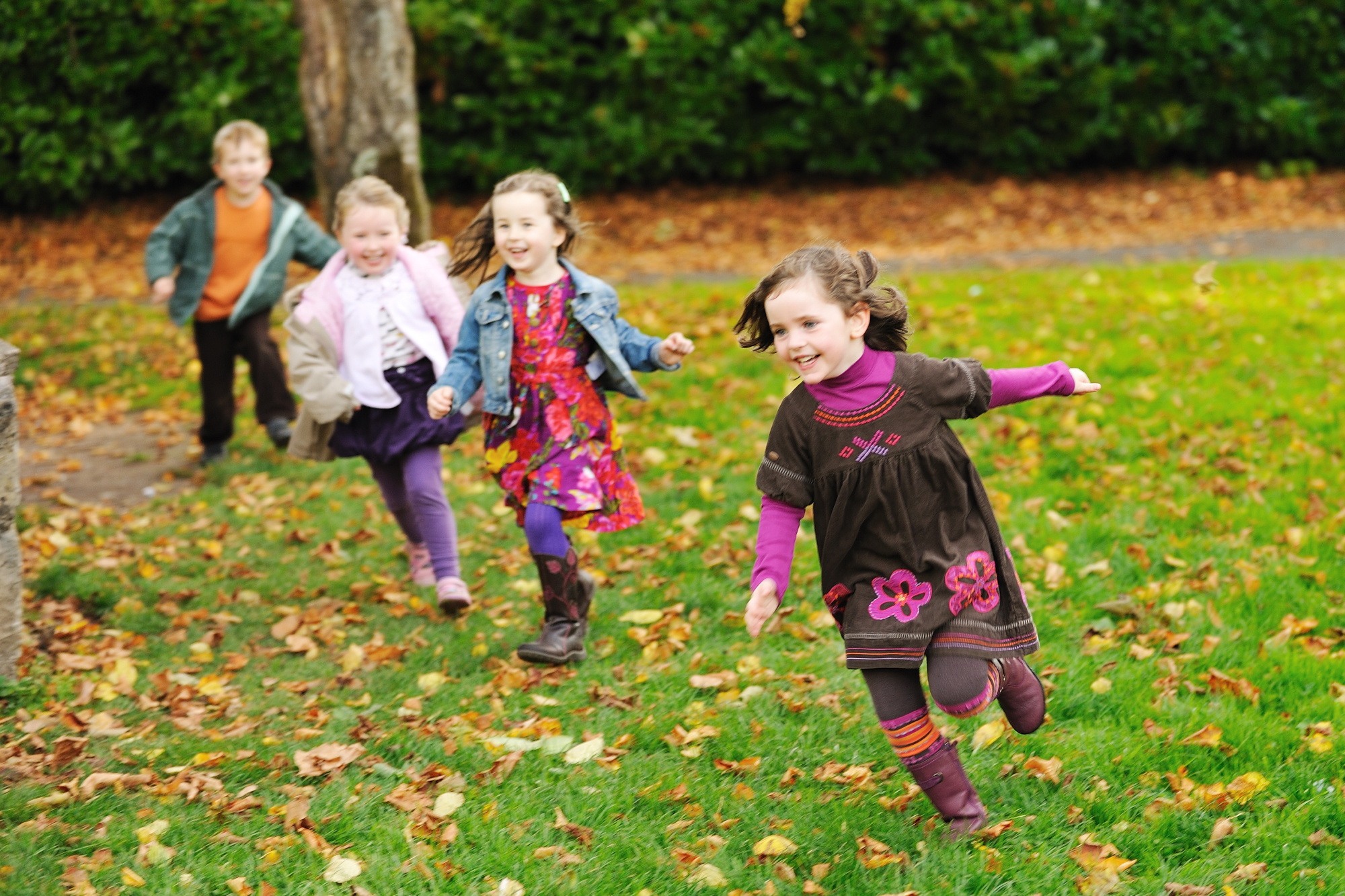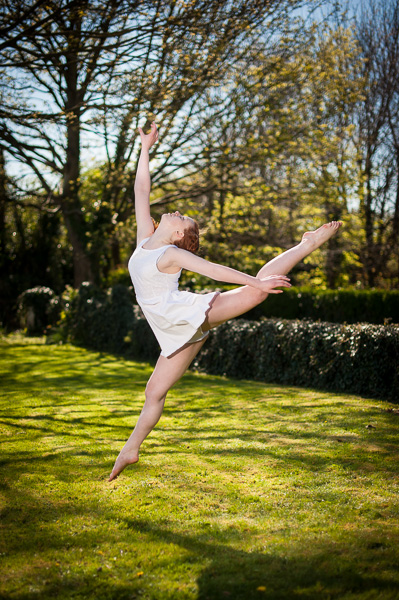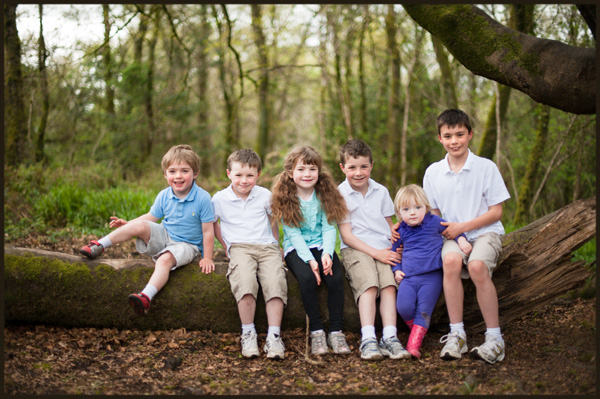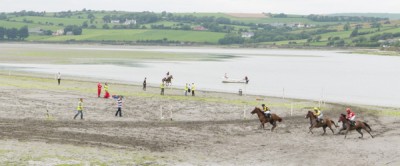In the first part of this series of posts, I wrote about booking your session. But where would you go?
Well, the simple answer is ‘anywhere’.
I’ve done sessions in many locations across the city and county and there’s never been a location that didn’t work out well.
There are however a few ingredients that make things easier for everyone. The objective is to get a really good range of pictures of everyone having fun. Choosing the right location gives us the a better chance of getting as many pictures as possible.
So here’s my guide to choosing a location: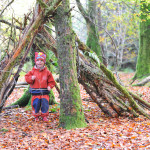
Somewhere personal. Do you have somewhere that your family visit regularly, somewhere you’ll look back on and identify strongly with this time in your lives? These places are definitely the place to start. Using a location which is part of your family history to create memories is very precious.
Feeling free. 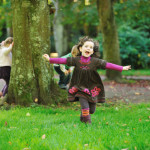 Taking the photo session outdoors serves a number of purposes – it takes the pressure out of a studio session and everyone finds it easier to forget they’re being photographed. Not many people have their private copse but many of the local parks and forests are quiet enough for us all to feel inhibited.
Taking the photo session outdoors serves a number of purposes – it takes the pressure out of a studio session and everyone finds it easier to forget they’re being photographed. Not many people have their private copse but many of the local parks and forests are quiet enough for us all to feel inhibited.
Backgrounds. But the location will also for a background to 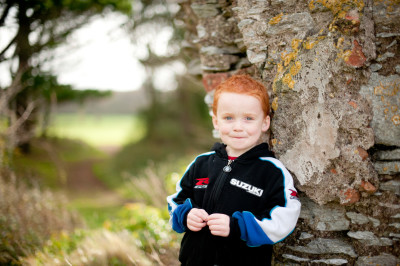 your photos – even though it may be deliberately out of focus in many of the pictures. One of the reasons Autumn forest pictures work so well is that the trees are alive with colour and can be used to create stunning backgrounds. Don’t assume your favourite location is deciduous though – many local forests are evergreen. That still works but may not be what you expect.
your photos – even though it may be deliberately out of focus in many of the pictures. One of the reasons Autumn forest pictures work so well is that the trees are alive with colour and can be used to create stunning backgrounds. Don’t assume your favourite location is deciduous though – many local forests are evergreen. That still works but may not be what you expect.
Levels. If you were to ask me what the hardest place to photograph is I’d say ‘in the middle of a f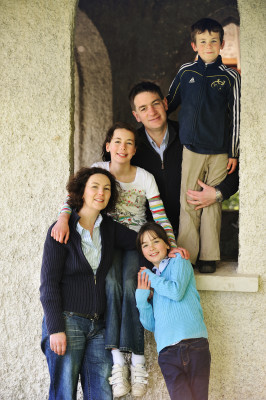 ield’. It’s much easier to work with a range of terrain, benches, logs, trees, bridges, walls, summer houses etc to provide options for people to sit, stand and lean on. It gives them something more natural to do (posing standing still is very unnatural) and it provides the opportunity for Small People to get more height and be closer to their parents (and Big People to hide a bit if they want). The more things to climb and sit on the better.
ield’. It’s much easier to work with a range of terrain, benches, logs, trees, bridges, walls, summer houses etc to provide options for people to sit, stand and lean on. It gives them something more natural to do (posing standing still is very unnatural) and it provides the opportunity for Small People to get more height and be closer to their parents (and Big People to hide a bit if they want). The more things to climb and sit on the better.
Something to do. “Stand there now and look relaxed and happy”. No better way to make somone tense and uncertain looking. It’s all about providing a distraction and at it’s simplest it’s just walking, exploring, climbing trees or choosing colourful leaves. But if you can think of other things that the kids love to do (without turning it into a competition) then we can work it in. Most of the time they find something to do themselves and we photograph that. Playgrounds sometimes work but they can be busy (and we don’t want other families coming in) and brightly coloured stuff can be distracting in the final pics.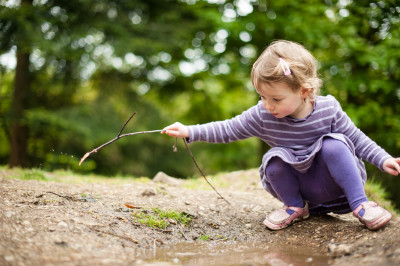
Cover. The obvious concern about an Autumn session is the rain, but full sun is a problem too. Either way it’s handy to have a bit of cover available to give options for shade as well as to keep out of cold winds.
Distances. You’re probably going to have to drive to the location so just keep it to a managable journey. If you’re all tired and cranky after the journey then it’s going to take longer to distract everyone out of it and we’ll get less opportunities for what we’re looking for. Also consider how far we need to walk from the car park to the nicest spot and how old the kids are (bring the buggy if you need to but we don’t want anyone dozing off before we get some pictures).
In the next post, I’ll look at a few good locations around Cork that you might consider.
